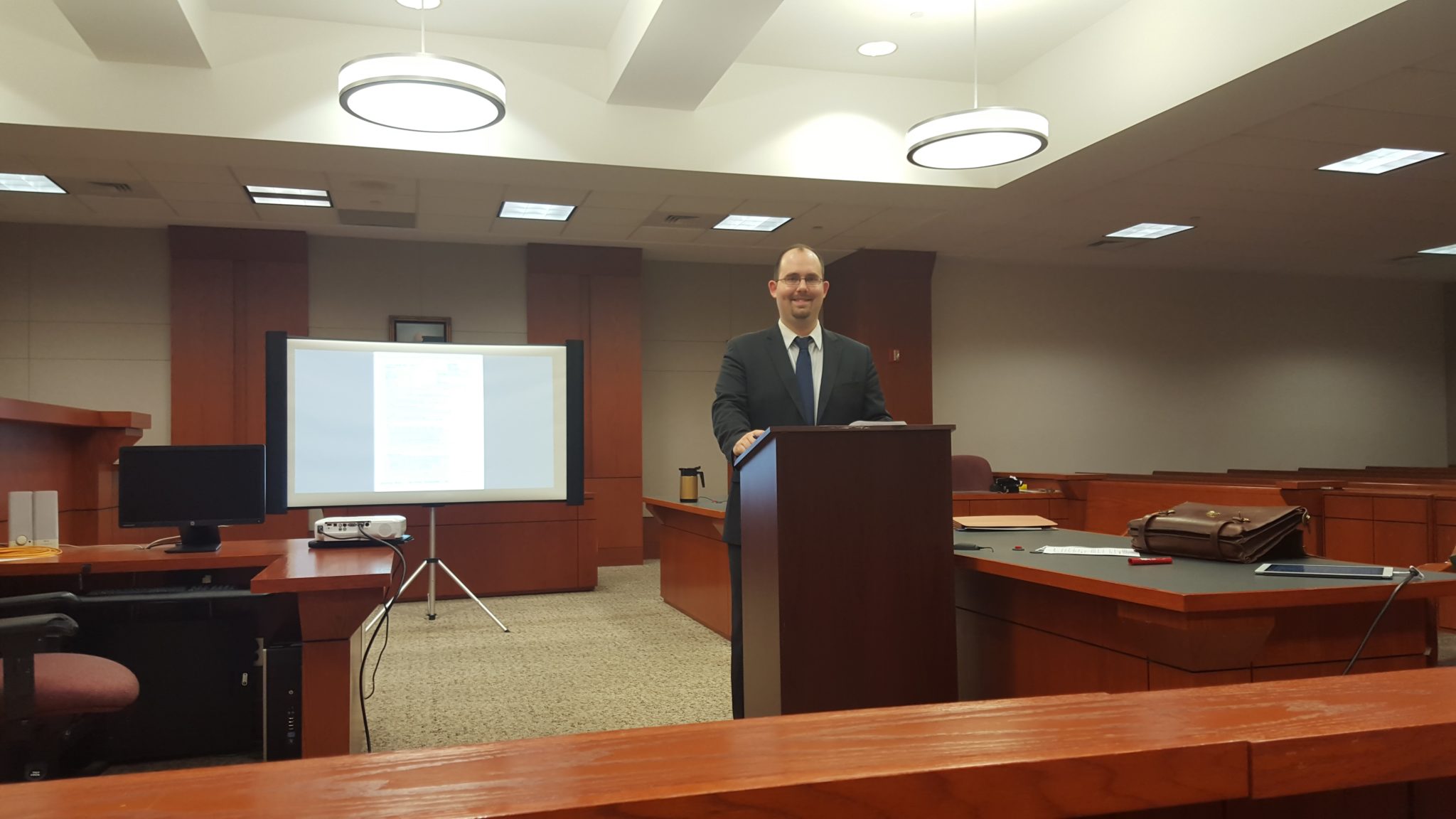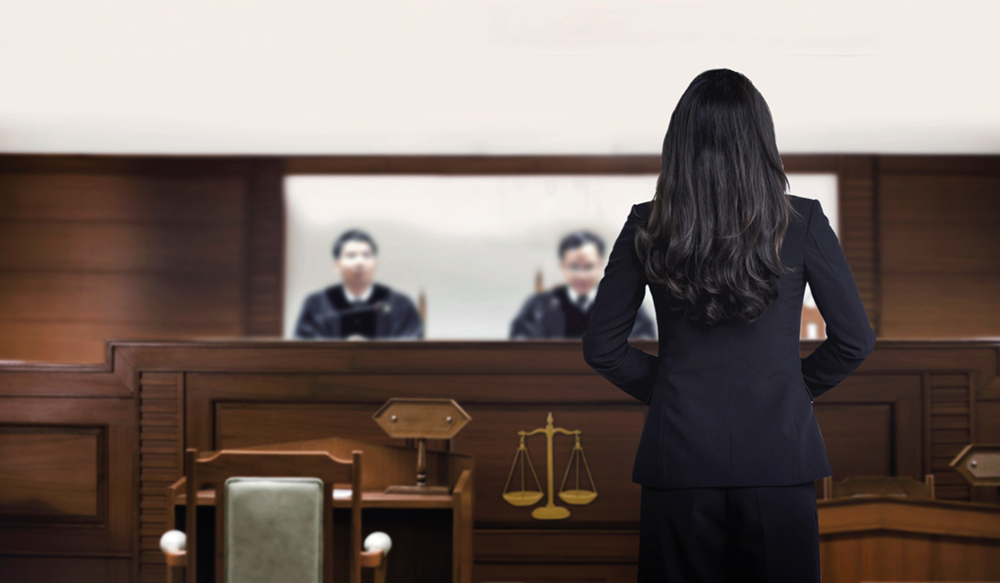The Duty of Aesthetic Help in Successful Trial Presentations: An Overview for Attorneys
The Duty of Aesthetic Help in Successful Trial Presentations: An Overview for Attorneys
Blog Article
Just How to Develop Involving Test Discussions That Gain Juries and Judges
Crafting compelling trial presentations that mesmerize courts and courts is a nuanced art that calls for a strategic approach. From the careful consideration of the audience's expectations to the seamless integration of storytelling techniques, each aspect plays a critical duty fit the result of a legal case - Trial Presentations. By employing innovative visual tools, incorporating interactive elements, and devoting time to extensive method and rehearsal, attorneys can considerably improve the effect of their court presentations. The capacity to involve and convince via well-crafted discussions is a skill that can make all the difference in swaying a court or court, eventually tipping the scales of justice in one's support.
Understanding Your Target Market
To successfully involve your audience throughout trial presentations, it is critical to comprehend their choices, expectations, and degree of expertise in the subject. By tailoring your presentation to satisfy the specific requirements of the audience, you can improve their understanding and retention of the info presented.
Begin by investigating the demographics of the audience, such as age, education and learning level, and line of work. This information can aid you gauge their knowledge with legal procedures and readjust your discussion style as necessary. A court might require simpler language and more visual help contrasted to a group of legal specialists.
Moreover, think about the mental and psychological facets of your audience. Are they considerate in the direction of certain disagreements or even more likely towards facts and proof? Understanding these nuances can assist you mount your discussion in a means that resonates with the target market on a deeper level.
Storytelling Strategies
Recognizing your target market's assumptions and choices can considerably influence the efficiency of your trial presentations, especially when carrying out narration methods to encourage and captivate. Narration is an effective device that can aid lawyers connect with judges and juries on a much more emotional level, making complicated lawful disagreements a lot more unforgettable and relatable.

Incorporating vivid information, individual narratives, and rhetorical devices can further enhance the narration experience, maintaining the audience engaged and spent in the result of the case. By crafting an influential story that resonates with the values and feelings of the court and courts, attorneys can enhance the chances of winning their debates and accomplishing favorable decisions.
Visual Discussion Tools
Using aesthetic presentation tools can substantially improve the impact and performance of test discussions by offering an aesthetically interesting method to convey complicated info to courts and judges. Aesthetic help such as charts, graphs, computer animations, and representations can assist simplify detailed details, making them a lot more available and understandable to the target market. By incorporating aesthetic elements into test discussions, lawyers can produce an engaging story that reverberates with jurors and leaves an enduring impression.

Incorporating Interactive Elements
Integrating interactive components into test discussions can enhance audience interaction and understanding, fostering a more immersive and interactive court room experience. By integrating aspects such as interactive timelines, 3D animations, clickable displays, and digital fact reconstructions, attorneys can mesmerize courts and jurors, making complex details much more easily accessible and remarkable.
Interactive timelines permit a dynamic display of chronological events, helping the audience comprehend the series of essential occurrences in an instance. 3D computer animations can bring criminal offense scenes or mishap repairs to life, using an in-depth aesthetic depiction that helps in clearing up complex information. Clickable exhibitions allow individuals to communicate with evidence, documents, or photos, permitting for a hands-on expedition of essential details.
In addition, online truth reconstructions can transfer the audience right into the heart of the action, offering a compelling viewpoint that typical discussions may lack. These interactive components not only engage the visitors yet likewise equip them to actively take part in the test process, bring about an extra impactful and persuasive court discussion.
Practice and Rehearsal
To successfully utilize the capacity of interactive components in test presentations, extensive practice and rehearsal are important to make certain seamless integration and distribution in the court setting. Technique and wedding rehearsal help test presenters become accustomed to the content, timing, and circulation of their presentations, discover here allowing them to with confidence navigate via various elements such as video clips, animations, or interactive graphics. By practicing their delivery, speakers can refine their talking skills, body movement, and general discussion style to boost persuasion and integrity before the court and judge.
During practice, presenters can recognize any type of technological issues that might arise with interactive components, guaranteeing that great post to read every little thing runs smoothly throughout the actual trial. In addition, rehearsing before a simulated audience or coworkers can offer valuable comments on the performance of the interactive components and the general discussion. This feedback permits presenters to make required adjustments and enhancements prior to entering the court room, ultimately boosting the influence and success of their trial discussions.
Conclusion
In verdict, producing interesting trial presentations that mesmerize judges and courts calls for a deep understanding of the target market, effective narration techniques, visual devices, interactive components, and extensive technique (Trial Presentations). By executing these approaches, legal experts can properly share their disagreements and proof in an engaging manner her comment is here that reverberates with the decision-makers in the courtroom
Making use of aesthetic presentation tools can considerably boost the influence and performance of test presentations by providing an aesthetically engaging way to convey complicated info to courts and juries. By including visual components into trial discussions, attorneys can create an engaging narrative that reverberates with jurors and leaves a lasting impact.
One preferred visual presentation tool is the usage of multimedia discussions, which permit for the assimilation of video clips, pictures, and audio recordings to supplement spoken debates. Trial Presentations.To effectively take advantage of the possibility of interactive components in trial discussions, comprehensive practice and rehearsal are important to make certain smooth combination and distribution in the court setting. Method and rehearsal help trial speakers become familiar with the web content, timing, and circulation of their presentations, allowing them to with confidence browse with different components such as video clips, computer animations, or interactive graphics
Report this page